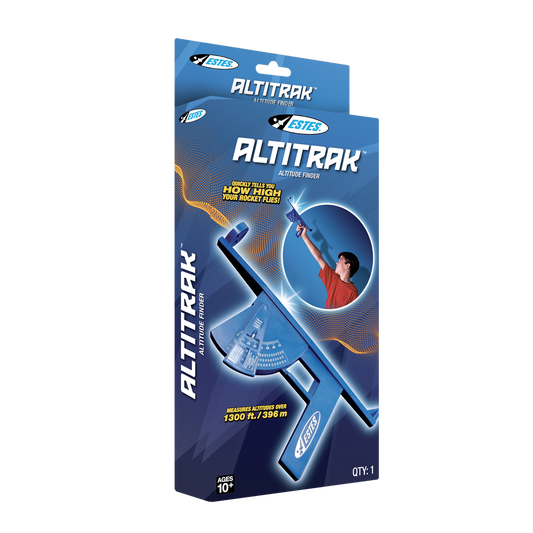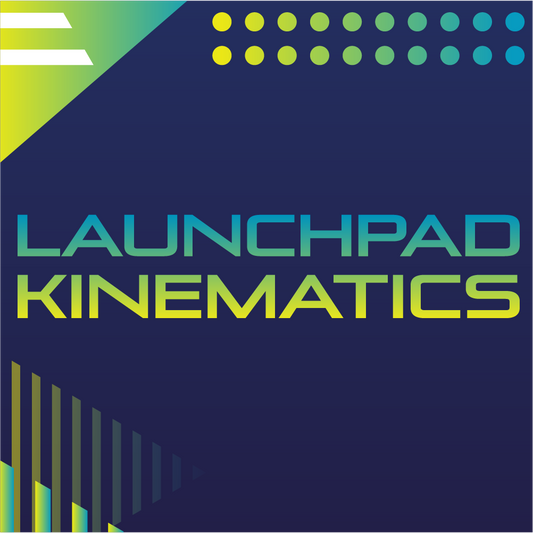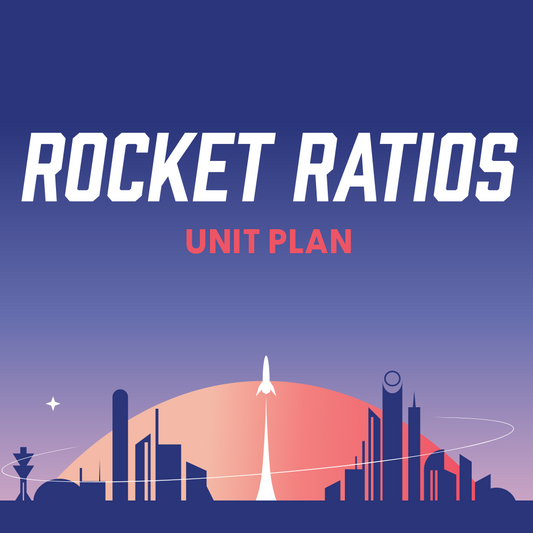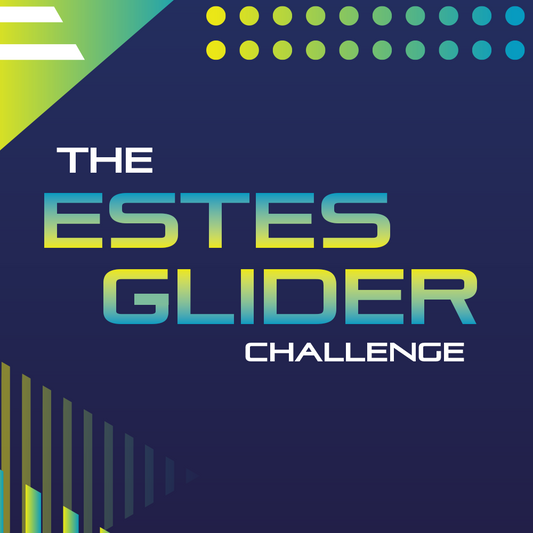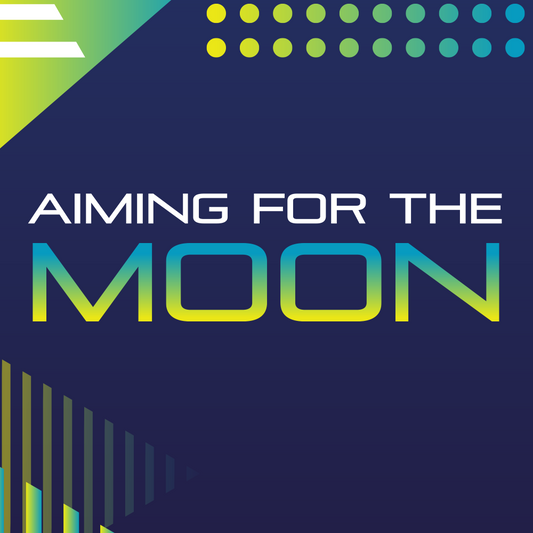APOGEE
The peak altitude or highest point of a rocket’s flight.
BODY TUBE
A specially wound and treated cardboard or lightweight plastic cylinder used to make the fuselage or airframe of a model rocket.
COASTING PHASE
The period of time immediately following propellant burnout and preceding the ignition of the ejection charge of the engine during which the rocket coasts upward on its momentum.
CRITERIA
The items needed for the design to be successful.
CONSTRAINTS
The limitations or boundaries of the design.
ENGINE
(model rocket) A miniature non-metallic solid fuel rocket motor that contains propellant and may contain a delay element and an ejection charge. Designed to impart force to accelerate the rocket during flight and to activate the recovery system at or near apogee.
FINS
The stabilizing and guiding unit of a model rocket; an aerodynamic surface projecting from the rocket body for the purpose of giving the rocket direction and stability.
IGNITER
An electrical device which initiates the combustion process in a rocket engine.
ITERATIVE
In the engineering design process, steps are repeated as needed with improvements made each time.
LAUNCH LUG
A round, hollow tube which slips over the launch rod to guide the model during the first few feet of flight until sufficient airspeed is reached allowing the fins to operate.
NOSE CONE
The foremost surface of a model rocket, generally tapered in shape for streamlining, it is usually made of balsa or lightweight plastic.
RECOVERY PHASE
The period of time following the deployment of the recovery system which allows the rocket to drift easily back to earth.
RECOVERY SYSTEM
A device incorporated into a model rocket for the purpose of returning it to the ground in a safe manner. Usually achieved by creating drag or lift to oppose the acceleration of gravity. All model rockets must employ a recovery system, such as a parachute.
THRUST PHASE
The period of time during which the propellant is burning, and the rocket motor is producing thrust.

